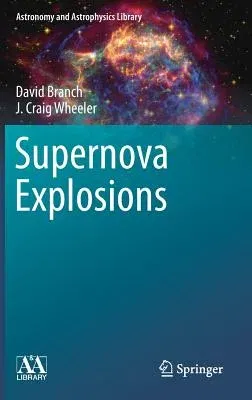Targeting advanced students of astronomy and physics, as well as
astronomers and physicists contemplating research on supernovae or
related fields, David Branch and J. Craig Wheeler offer a modern account
of the nature, causes and consequences of supernovae, as well as of
issues that remain to be resolved.
Owing especially to (1) the appearance of supernova 1987A in the nearby
Large Magellanic Cloud, (2) the spectacularly successful use of
supernovae as distance indicators for cosmology, (3) the association of
some supernovae with the enigmatic cosmic gamma-ray bursts, and (4) the
discovery of a class of superluminous supernovae, the pace of supernova
research has been increasing sharply. This monograph serves as a broad
survey of modern supernova research and a guide to the current
literature.
The book's emphasis is on the explosive phases of supernovae. Part 1 is
devoted to a survey of the kinds of observations that inform us about
supernovae, some basic interpretations of such data, and an overview of
the evolution of stars that brings them to an explosive endpoint. Part 2
goes into more detail on core-collapse and superluminous events: which
kinds of stars produce them, and how do they do it? Part 3 is concerned
with the stellar progenitors and explosion mechanisms of thermonuclear
(Type Ia) supernovae. Part 4 is about consequences of supernovae and
some applications to astrophysics and cosmology. References are provided
in sufficient number to help the reader enter the literature.

